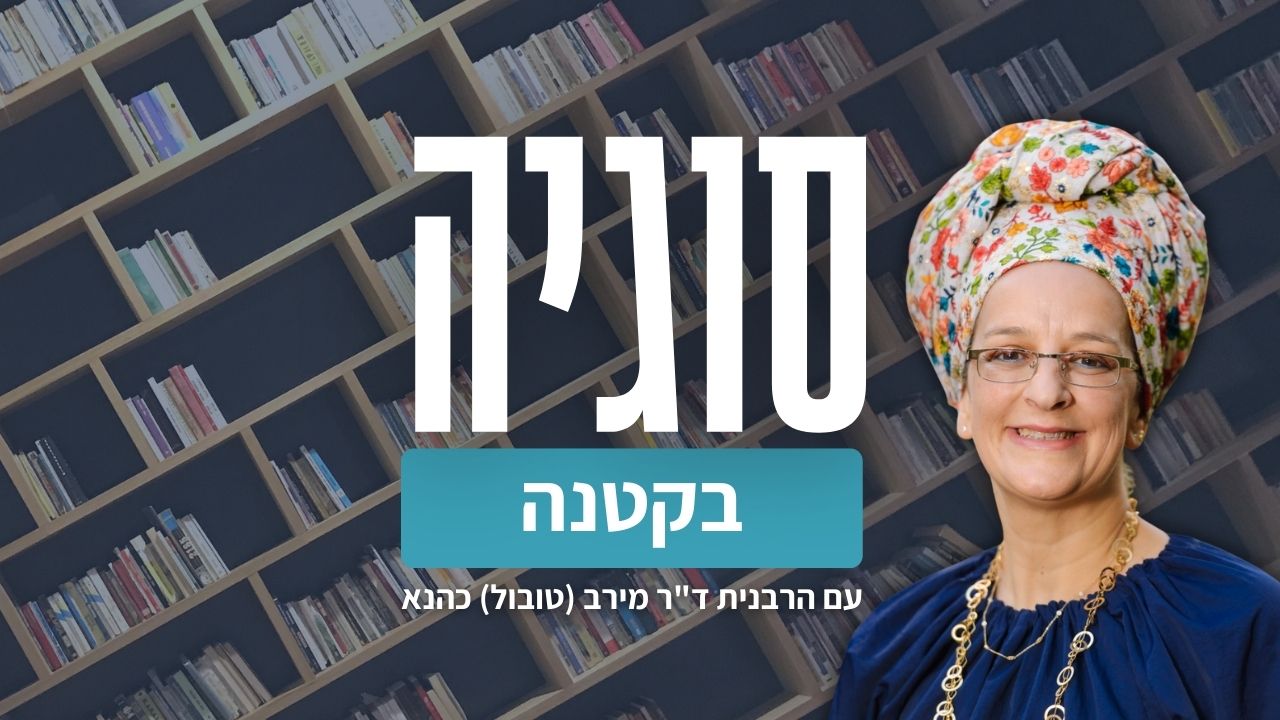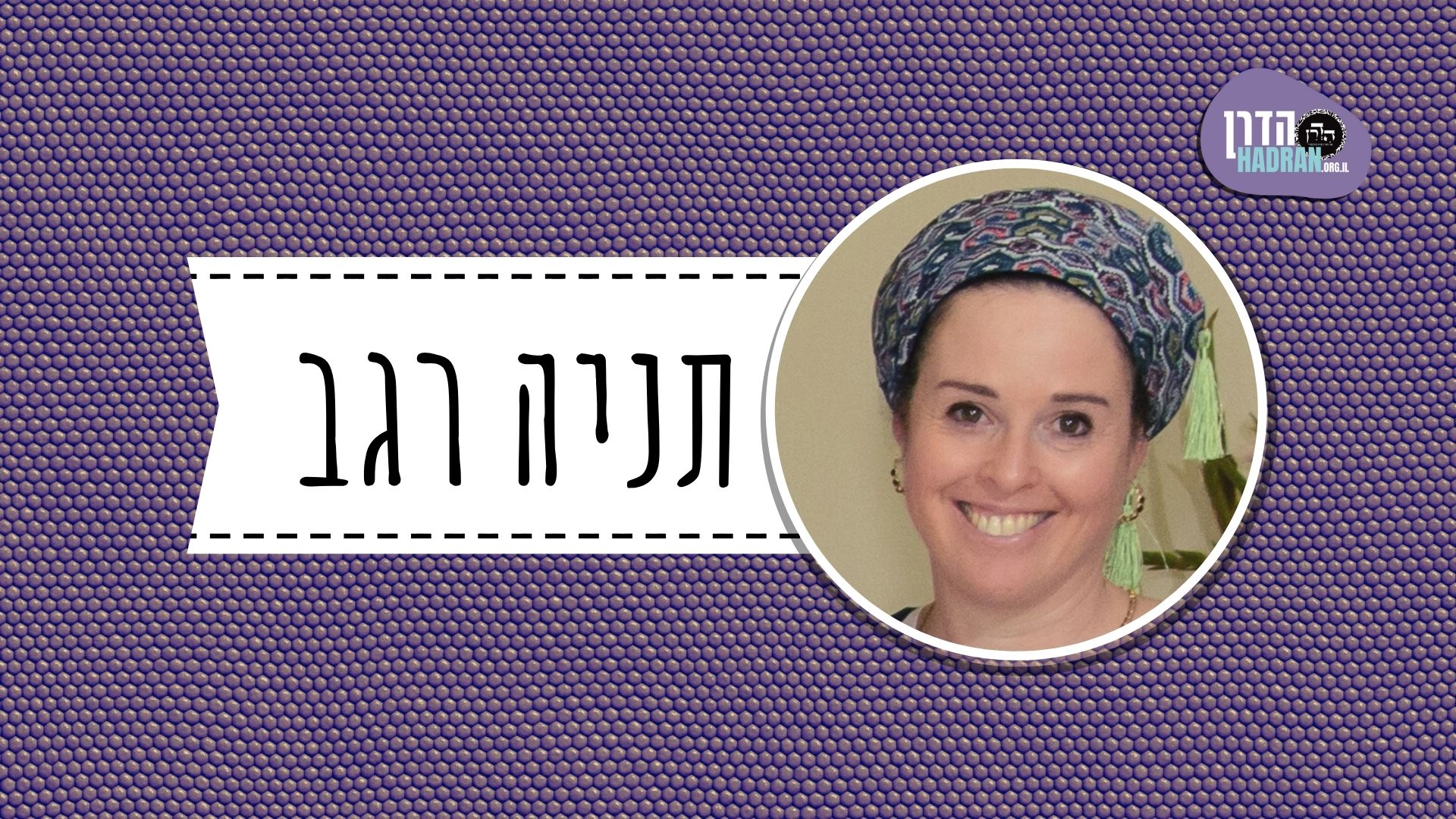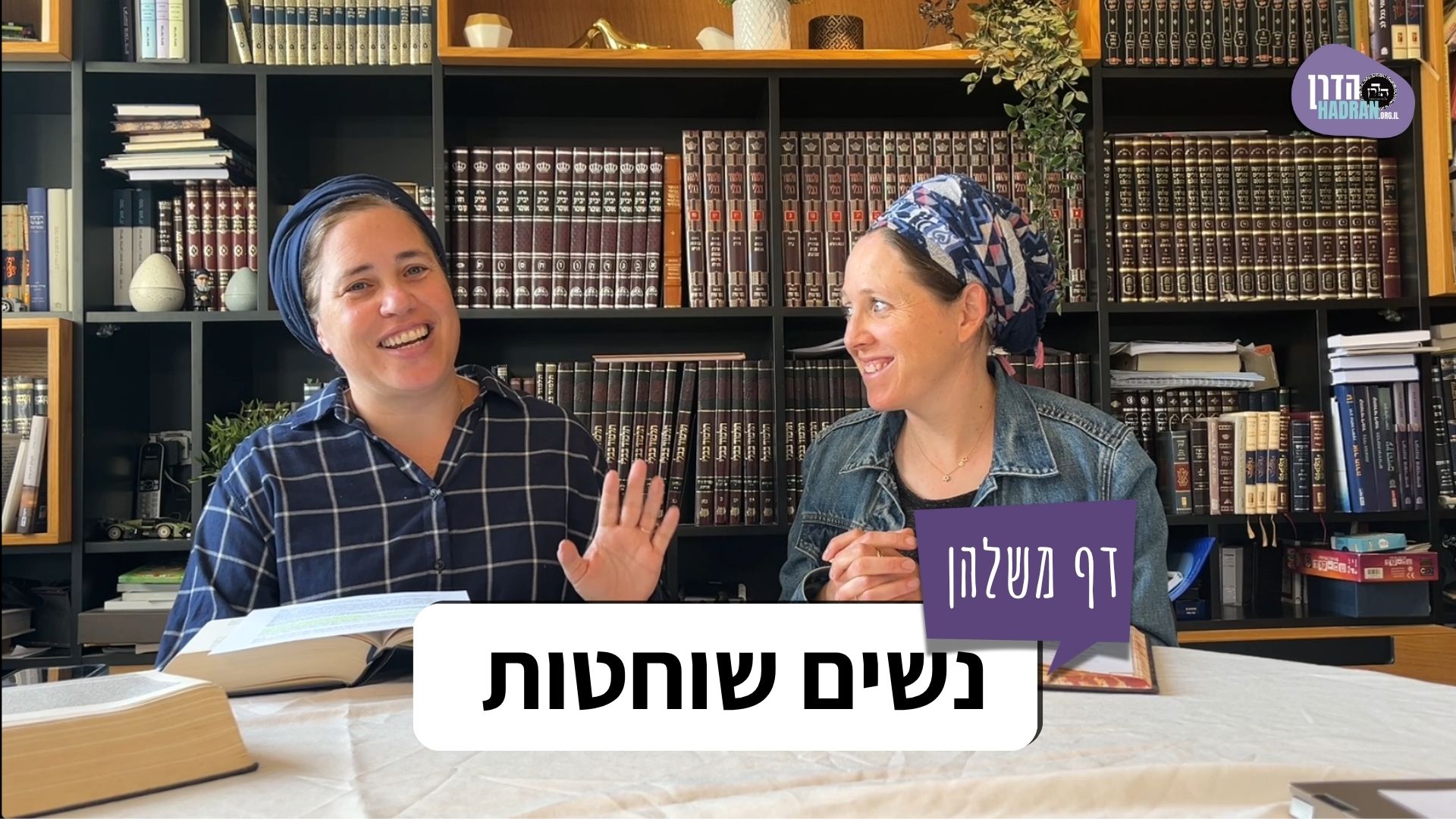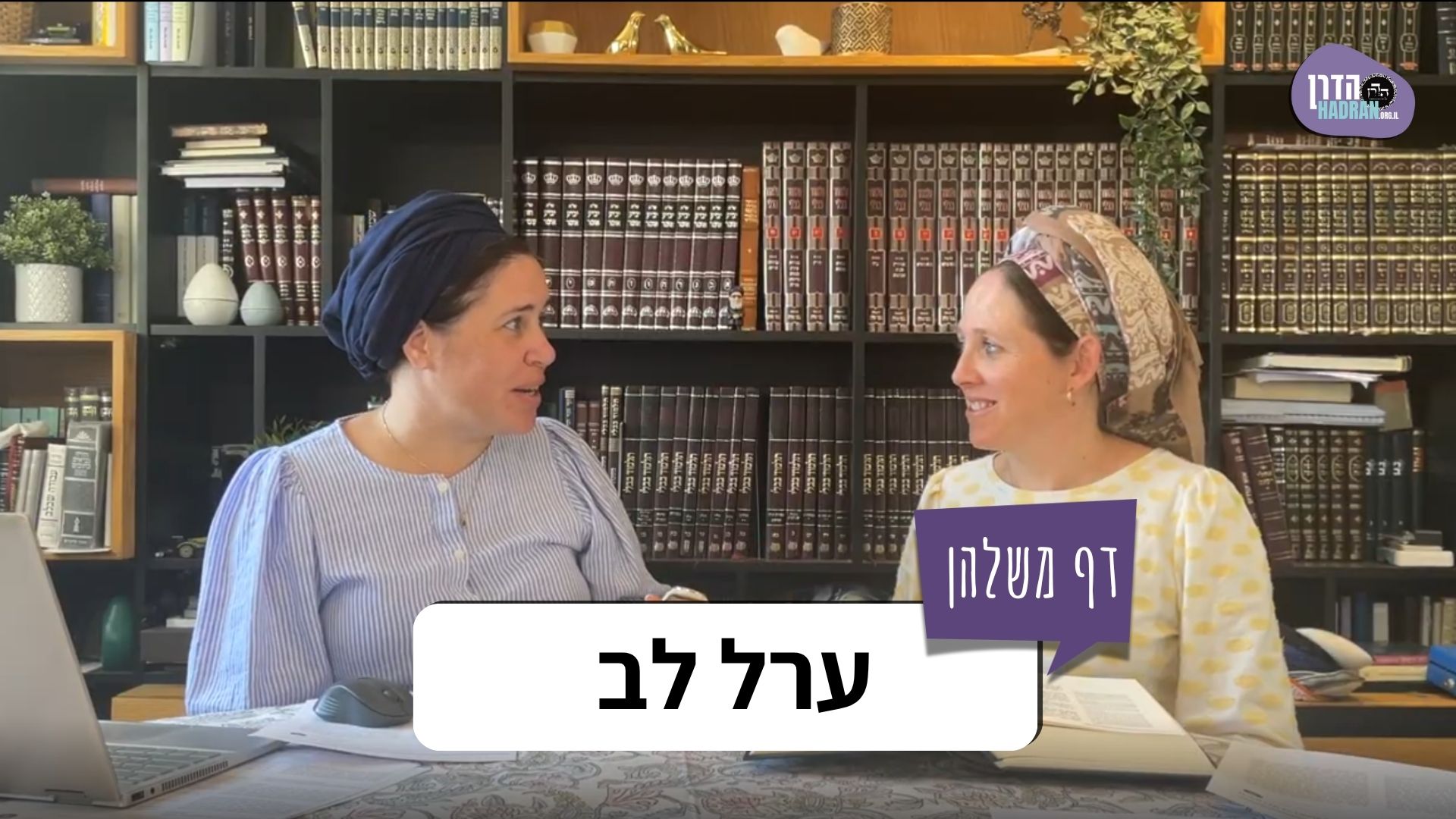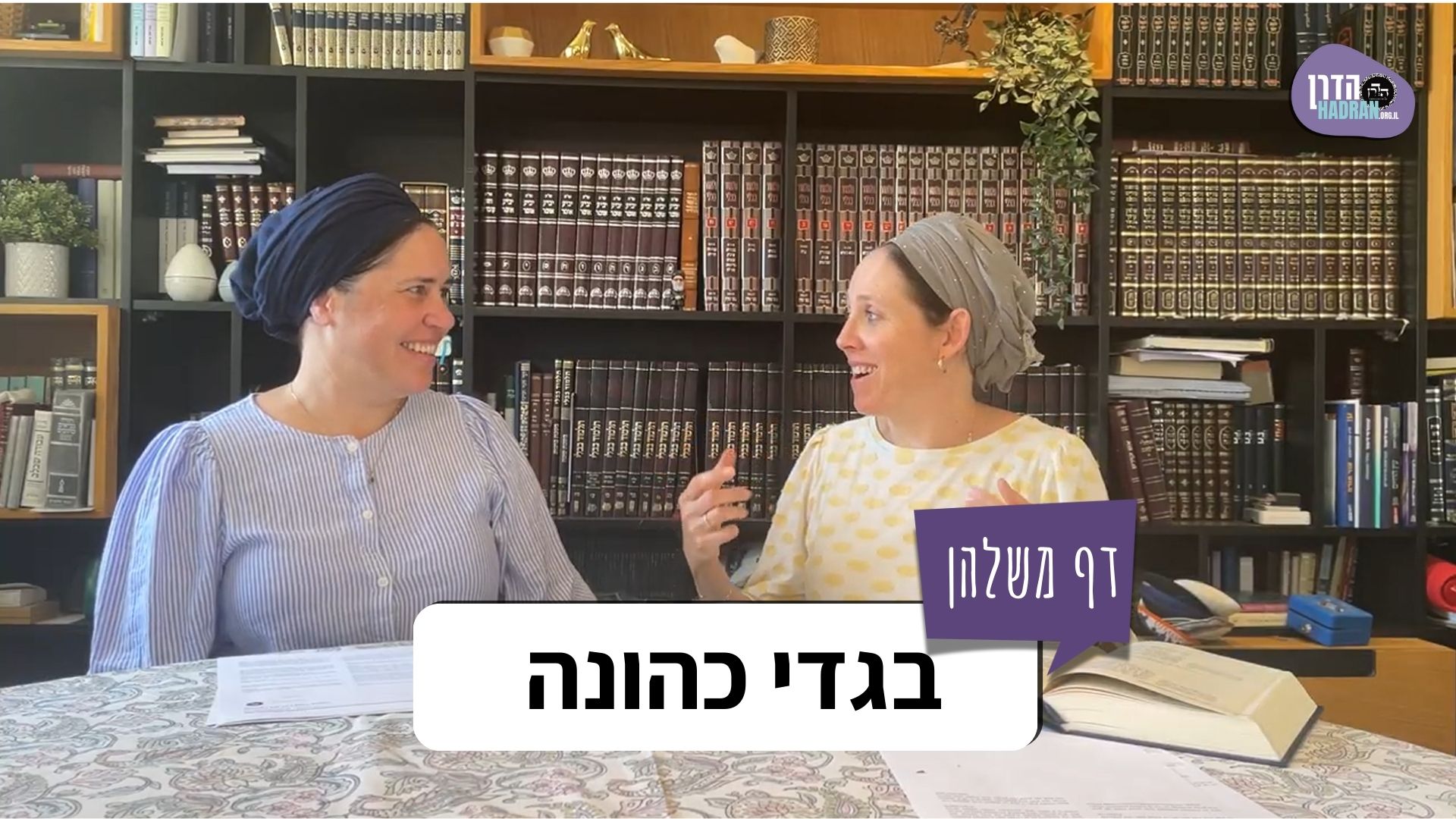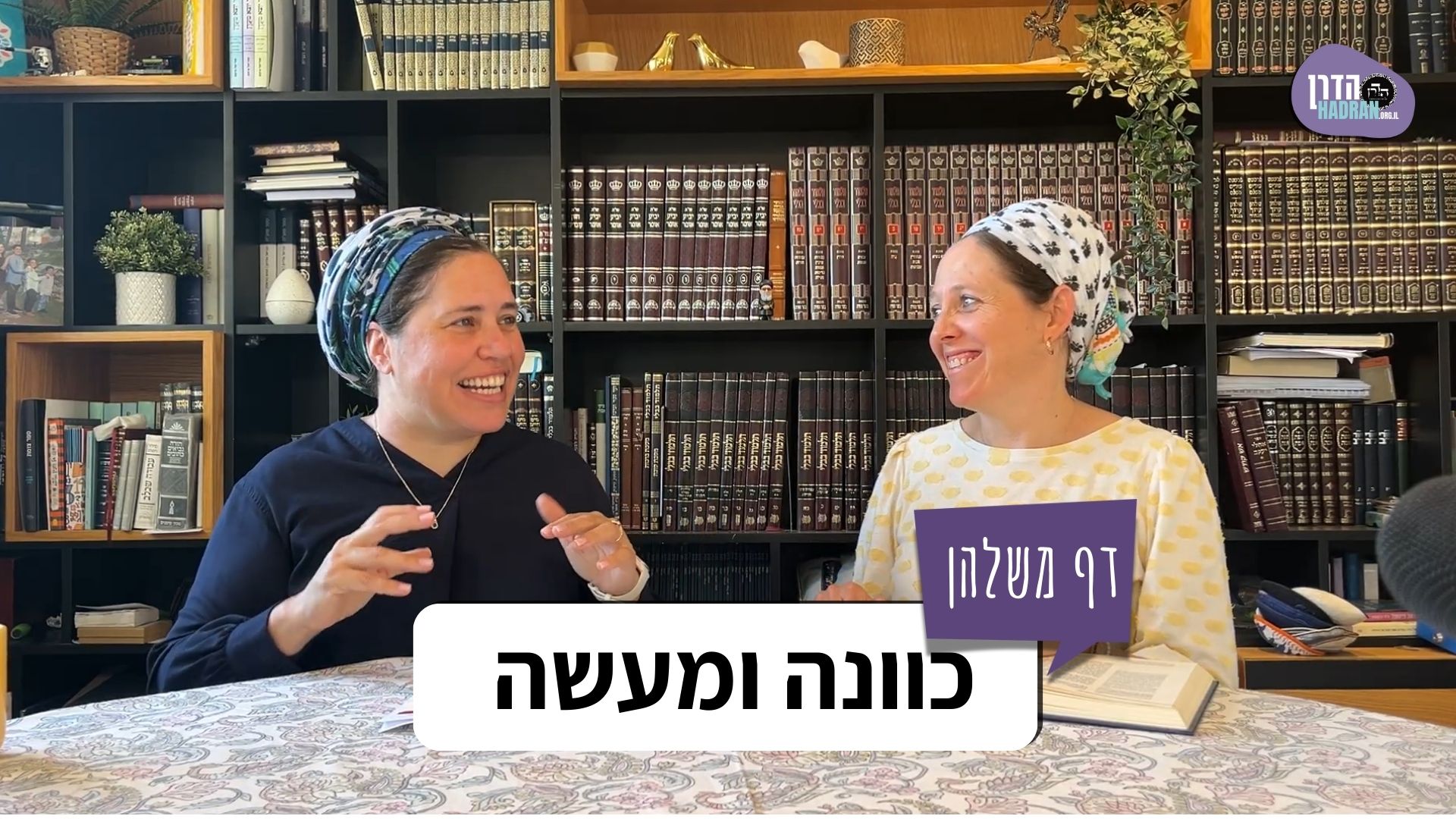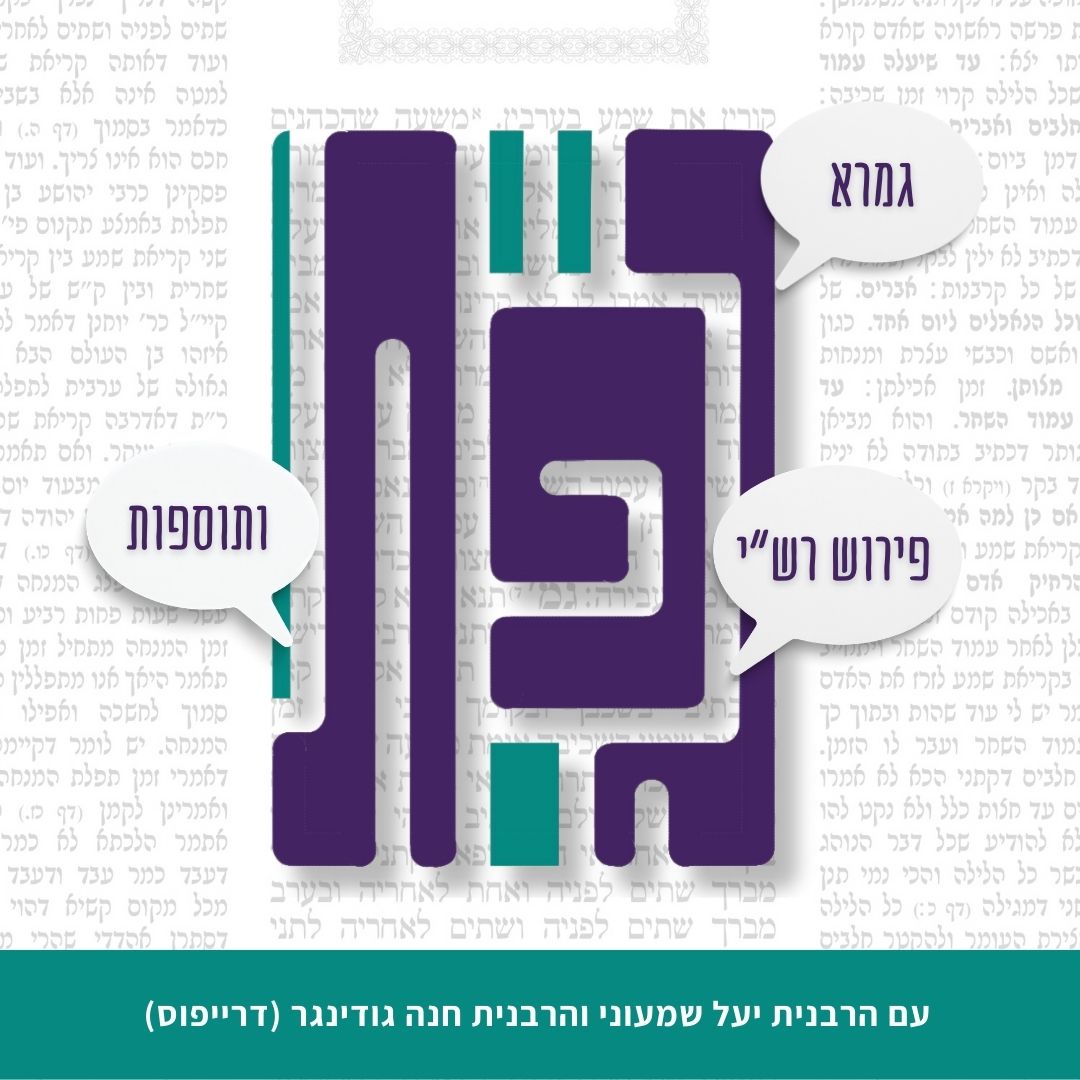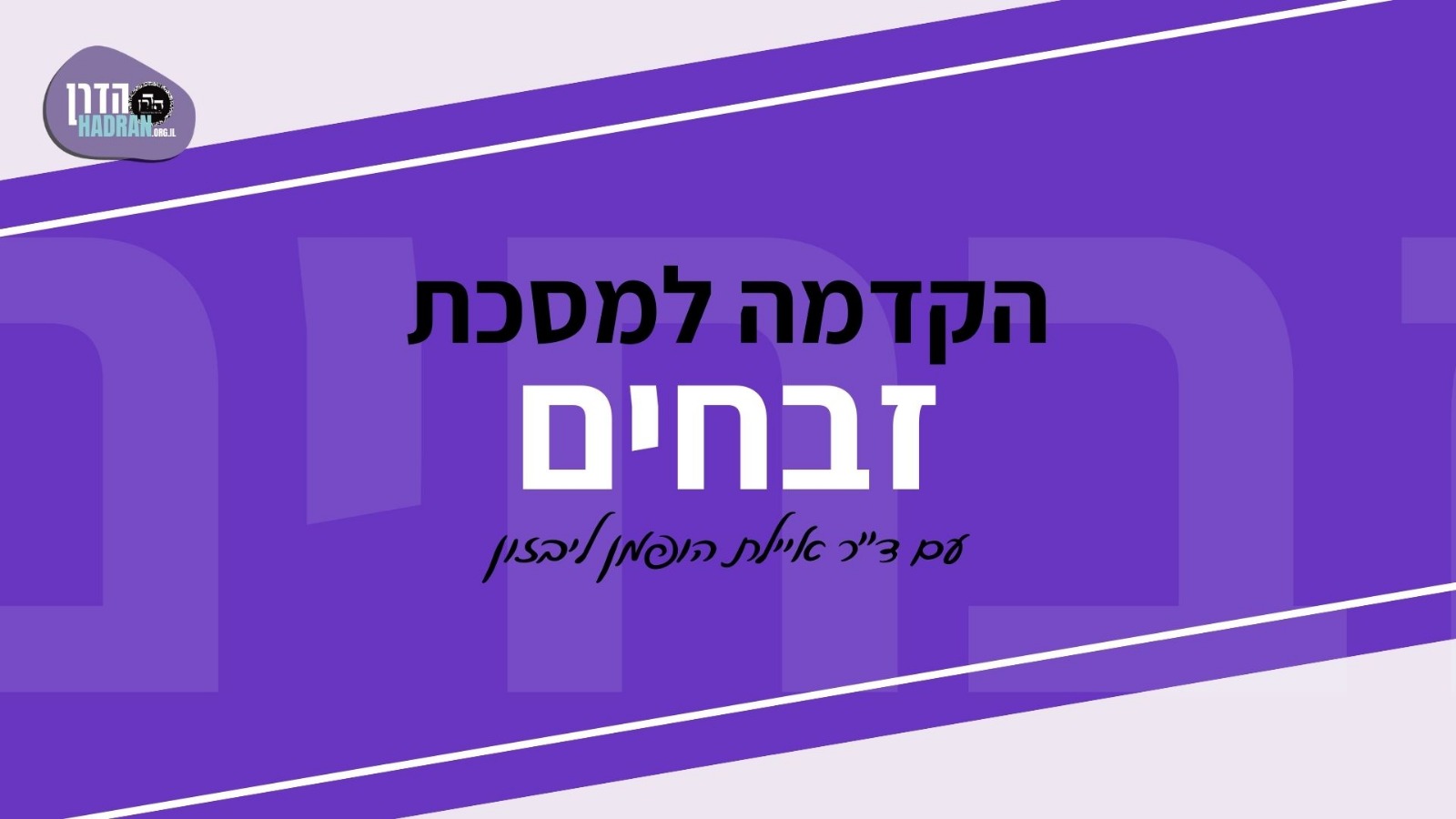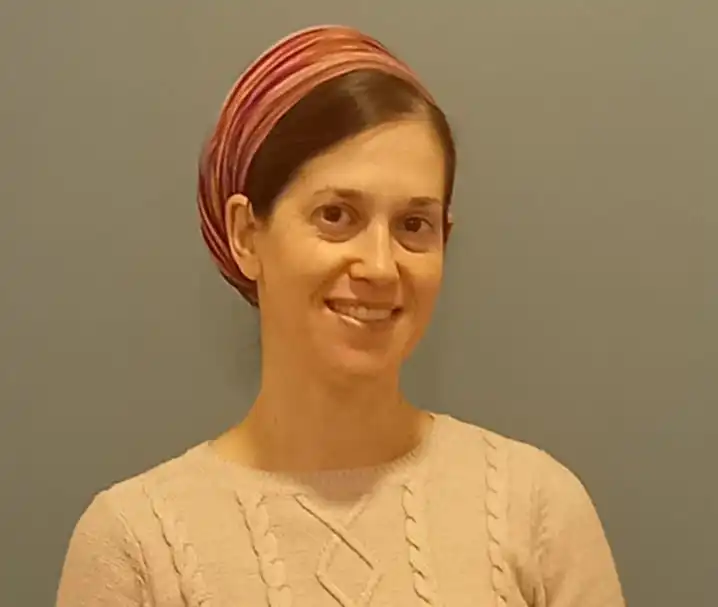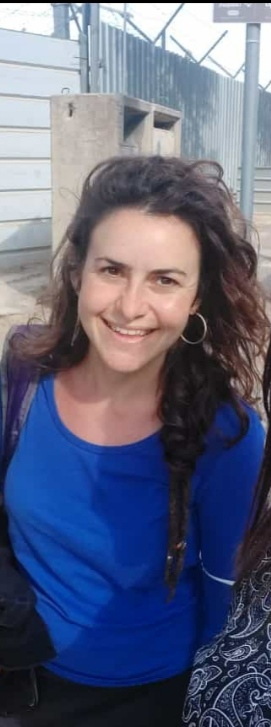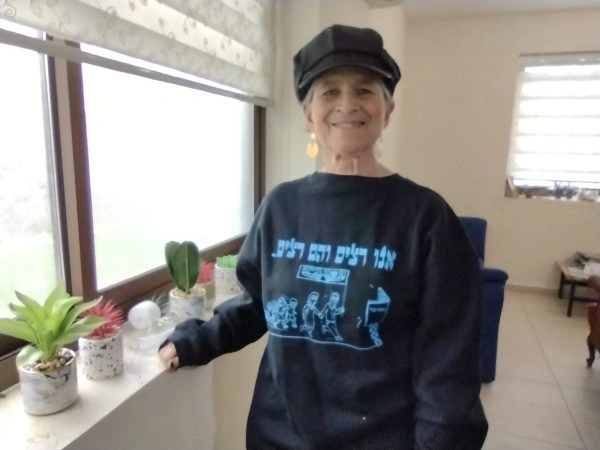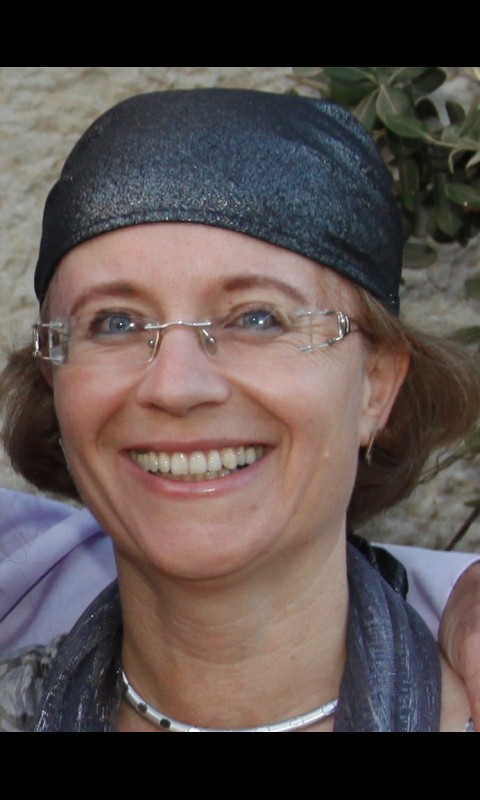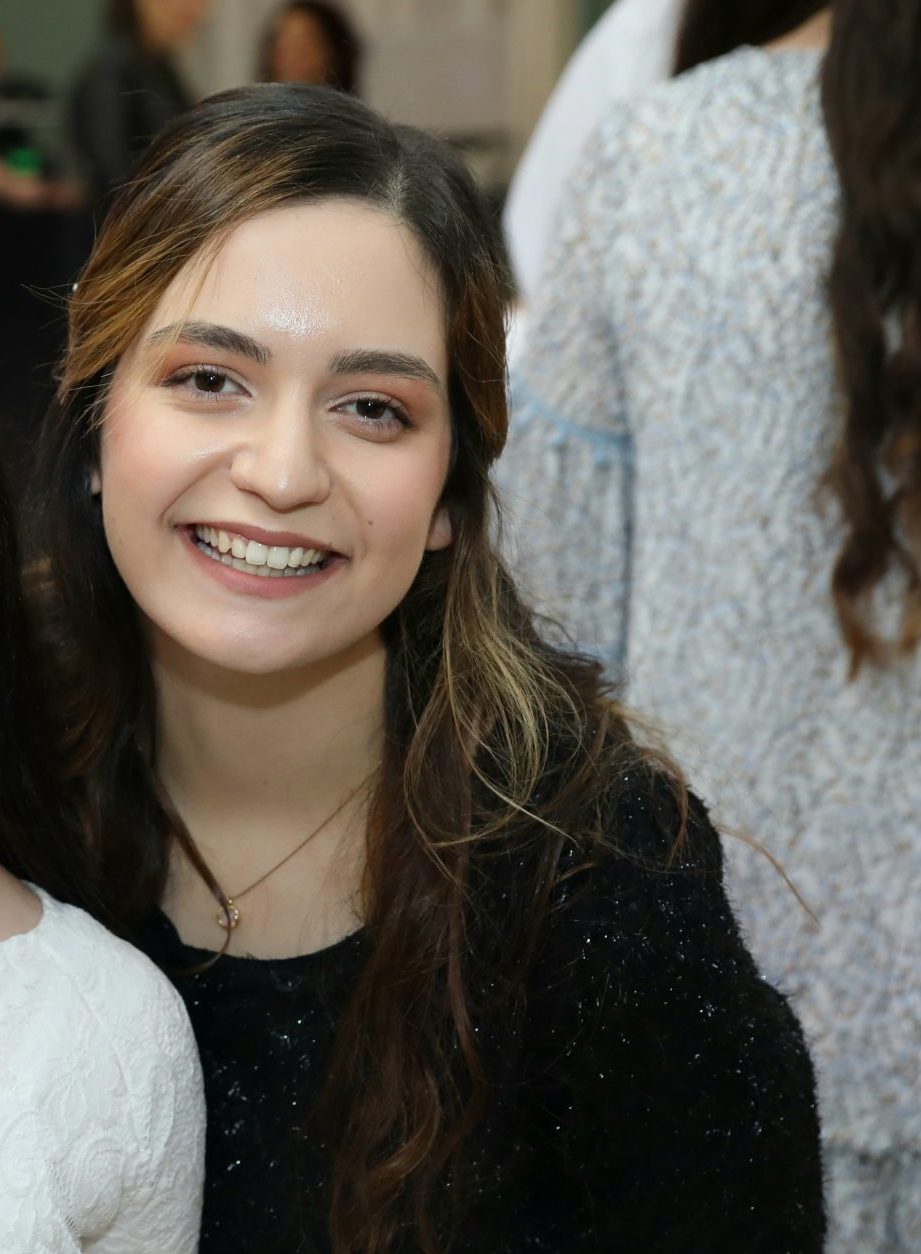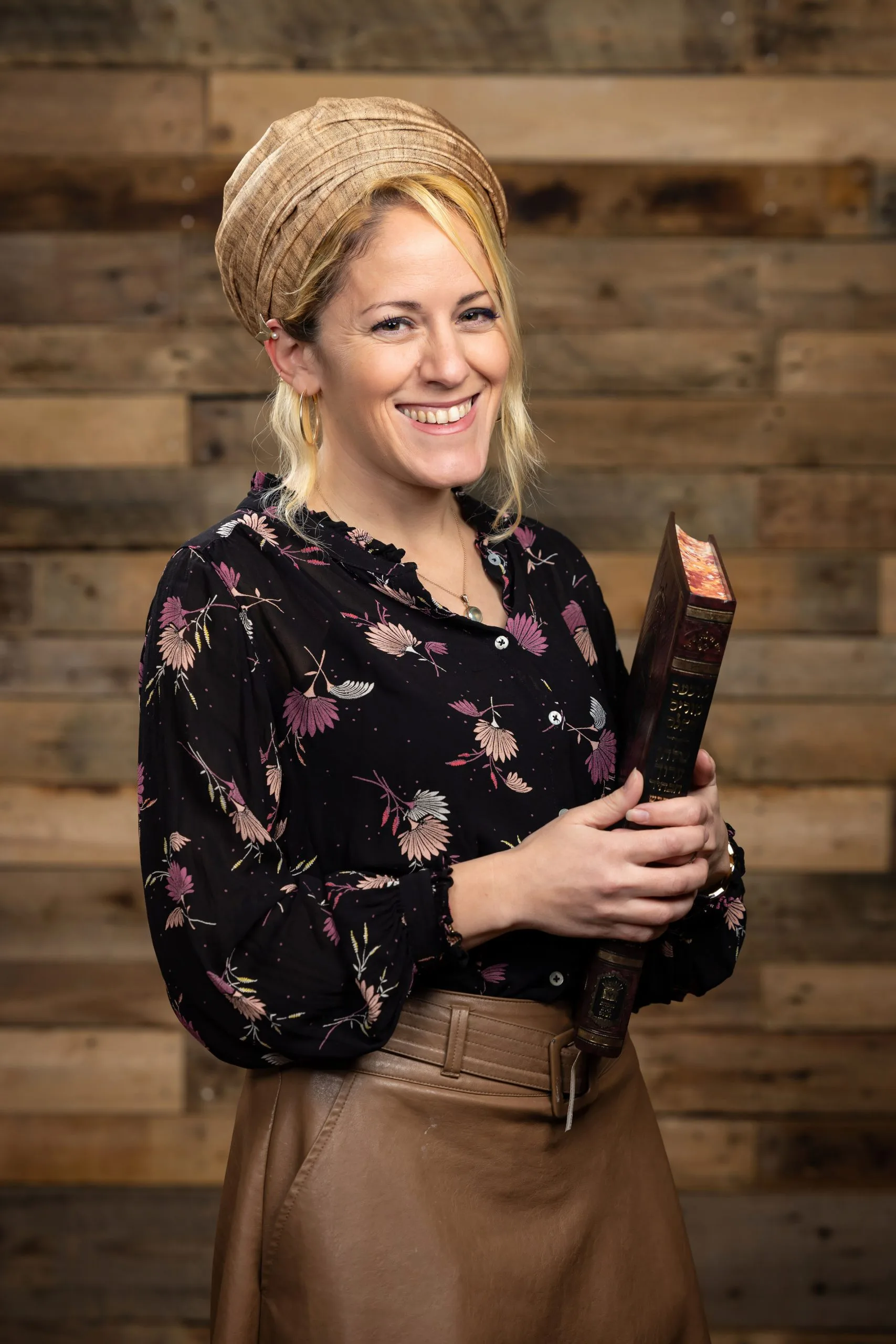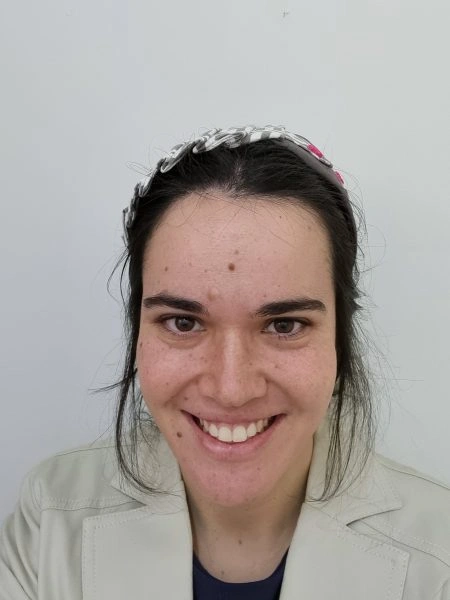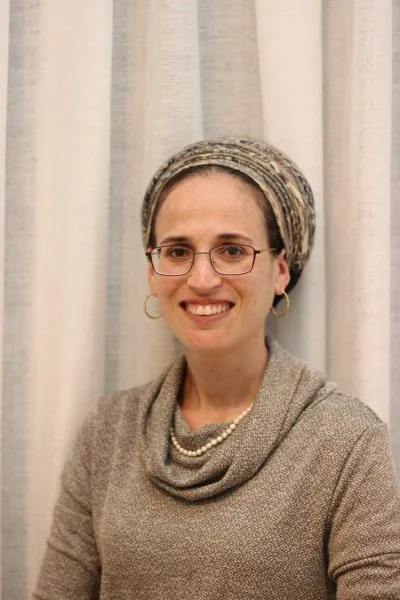מסכת זבחים
מסכת זבחים מוקדש ע”י אסתר קרמר לע”נ אביה מני גרוס.
הלימוד החודש מוקדש ע”י בט בלקני לכבוד נכדתה, דבורה חנה סרח אייכל.
הלימוד החודש מוקדש לעילוי נשמת הרב ד”ר ריימונד הררי ז”ל, לרגל היארצייט הראשון שלו. בתפקידו כמחנך וכמנהל ישיבה דפלטבוש וכרב קהילה, הוא השפיע על אלפים בחכמתו, בחמימותו, ובמחויבותו הבלתי מתפשרת לתורה.
רוצה להקדיש שיעור?

תקציר
קרבן חטאת שנשחט לשם חולין, הקרבן כשר. אולם, אם נשחט מתוך מחשבה שהבהמה אינה קרבן בכלל, הקרבן פסול. הקטגוריה השנייה נקראת "מתעסק” מי שלא התכוון כלל לבצע את פעולת השחיטה. מקור הפסילה מובא משני פסוקים, שכן נדרשים שניים כדי להוכיח שכוונה בשחיטת קרבן היא מרכיב חיוני.
הגמרא מסבירה שתנא קמא במשנה ורבי יוסי שניהם סוברים שהכוונה הנדרשת, ויכולה לפסול בקרבן היא של הכהן המבצע את עבודת הקורבן (או אדם שאינו כהן ששוחט). אולם, רבי אלעזר ברבי יוסי סובר שכוונת הבעלים יכולה לפסול את הקרבן.
אביי מביא שני חכמים נוספים שנראה כי דעתם דומה לדעת רבי אלעזר בתחומים אחרים של ההלכה. כל אחד מהם עוסק במקרה שבו אדם אחד מבצע פעולה על חפץ של אדם אחר, וכוונת הבעלים יכולה לקבוע את מעמד החפץ. מקרה אחד עוסק בשחיטה לשם עבודה זרה, והשני בשאלה האם חפץ נחשב חשוב כדי לחייב עליו בהוצאה בשבת.
הפרק החמישי מפרט את הדינים הקשורים לכל הקרבנות, כולל מקום השחיטה וקבלת הדם, היכן שמים את הדם, ועוד. הוא מתחיל בקודשי קודשים, רמת קדושה גבוהה יותר. שחיטת קרבנות אלו חייבת להתבצע בצד הצפוני של העזרה.
לפני שהמשנה מפרטת את הקרבנות השונים, היא פותחת בהצהרה כללית על כל קדשי הקודשים ואומרת ששחיטתם נעשית בצפון. מדוע לא הוזכר שם גם עניין נוסף שנכון לכולם – שהדם שלהם נאסף בכלי שרת? הגמרא מסבירה שבהתחלה חשבו שדם המצורע יכול להיאסף בידו של הכהן, אך לאחר מכן הבינו שידו של הכהן יכולה לשמש רק לדם המיועד לאוזן, לאצבע ולבהן של המצורע, ואילו הדם שמונח על המזבח חייב להיאסף תחילה בכלי שרת. מאחר שתחילה חשבו אחרת, וכיוון שישנם שני כהנים שמקבלים את הדמים, כל אחד באופן שונה, הדבר הושמט מהפתיחה של המשנה.
כלים
מסכת זבחים
מסכת זבחים מוקדש ע”י אסתר קרמר לע”נ אביה מני גרוס.
הלימוד החודש מוקדש ע”י בט בלקני לכבוד נכדתה, דבורה חנה סרח אייכל.
הלימוד החודש מוקדש לעילוי נשמת הרב ד”ר ריימונד הררי ז”ל, לרגל היארצייט הראשון שלו. בתפקידו כמחנך וכמנהל ישיבה דפלטבוש וכרב קהילה, הוא השפיע על אלפים בחכמתו, בחמימותו, ובמחויבותו הבלתי מתפשרת לתורה.
כלים
העמקה
רוצה להבין מה באמת קורה מתחת לפני השטח של הסוגיה?
שיעורים, פודקאסטים והרחבות של מיטב המורות שלנו יפתחו לך עוד זוויות וכיווני חשיבה.
חדשה בלימוד הגמרא?
זה הדף הראשון שלך? איזו התרגשות עצומה! יש לנו בדיוק את התכנים והכלים שיעזרו לך לעשות את הצעדים הראשונים ללמידה בקצב וברמה שלך, כך תוכלי להרגיש בנוח גם בתוך הסוגיות המורכבות ומאתגרות.
פסיפס הלומדות שלנו
גלי את קהילת הלומדות שלנו, מגוון נשים, רקעים וסיפורים. כולן חלק מתנועה ומסע מרגש ועוצמתי.
זבחים מז
מִנַּיִן לַמִּתְעַסֵּק בְּקָדָשִׁים שֶׁהוּא פָּסוּל? שֶׁנֶּאֱמַר ״וְשָׁחַט אֶת בֶּן הַבָּקָר לִפְנֵי ה׳״ – עַד שֶׁתְּהֵא שְׁחִיטָה לְשֵׁם בֶּן בָּקָר.
From where is it derived with regard to one who acts unawares in the case of consecrated items, i.e., if one slaughtered an offering without intending to perform the act of slaughter at all, but rather like one occupied with other matters, that the offering is disqualified? Rav Huna said to Shmuel: It is derived from a verse, as it is stated: “And he shall slaughter the young bull before the Lord” (Leviticus 1:5), teaching that the mitzva is not performed properly unless the slaughter is for the sake of a young bull, i.e., knowing that he is performing an act of slaughter.
אֲמַר לֵיהּ: זוֹ בְּיָדֵינוּ הִיא; לְעַכֵּב מִנַּיִן? אֲמַר לֵיהּ: ״לִרְצֹנְכֶם תִּזְבָּחֻהוּ״ – לְדַעְתְּכֶם זְבֻיחוּ.
Shmuel said to Rav Huna: We have this as an established halakha already, that it is a mitzva to slaughter the offering for the sake of a bull, but from where is it derived that this requirement is indispensable? Rav Huna said to him that the verse states: “With your will you shall slaughter it” (Leviticus 19:5), i.e., with your full awareness you shall slaughter it, in the form of a purposeful action.
שֶׁאֵין הַמַּחְשָׁבָה הוֹלֶכֶת אֶלָּא אַחַר הָעוֹבֵד. מַתְנִיתִין דְּלָא כִּי הַאי תַּנָּא – דְּתַנְיָא, אָמַר רַבִּי אֶלְעָזָר בְּרַבִּי יוֹסֵי: שָׁמַעְתִּי שֶׁהַבְּעָלִים מְפַגְּלִין. אָמַר רָבָא: מַאי טַעְמָא דְּרַבִּי אֶלְעָזָר בְּרַבִּי יוֹסֵי? דְּאָמַר קְרָא: ״וְהִקְרִיב הַמַּקְרִיב״.
§ The mishna teaches: Because the intent follows only the one performing the sacrificial rite. The Gemara comments: The mishna is not in accordance with the opinion of this tanna, as it is taught in a baraita that Rabbi Elazar, son of Rabbi Yosei, says: I heard that even the owner of an offering can render it piggul through improper intention. Rava says: What is the reason of Rabbi Elazar, son of Rabbi Yosei? As the verse states: “Then he who sacrifices shall sacrifice his offering to the Lord” (Numbers 15:4). The term “he who sacrifices” is a reference to the owner; since the owner is considered one who sacrifices, he too can render his offering piggul with an improper intention.
אָמַר אַבָּיֵי: רַבִּי אֶלְעָזָר בְּרַבִּי יוֹסֵי וְרַבִּי אֱלִיעֶזֶר וְרַבִּי שִׁמְעוֹן בֶּן אֶלְעָזָר כּוּלְּהוּ סְבִירָא לְהוּ: זֶה מְחַשֵּׁב וְזֶה עוֹבֵד – הָוְיָא מַחְשָׁבָה. רַבִּי אֶלְעָזָר בְּרַבִּי יוֹסֵי – הָא דַּאֲמַרַן.
Abaye says: Rabbi Elazar, son of Rabbi Yosei, and Rabbi Eliezer, and Rabbi Shimon ben Elazar all hold that even in a case involving two people, where this one has intention and that one performs the service, it is the intention that is relevant, i.e., it is as though the one performing the service had the intention. The Gemara explains: The statement of Rabbi Elazar, son of Rabbi Yosei, is that which we just said, that the owner can render his offering piggul through improper intention despite the fact that it is the priest who performs the service.
רַבִּי אֱלִיעֶזֶר – דִּתְנַן: הַשּׁוֹחֵט לְגוֹי – שְׁחִיטָתוֹ כְּשֵׁרָה, וְרַבִּי אֱלִיעֶזֶר פּוֹסֵל.
The statement of Rabbi Eliezer is as we learned in a mishna (Ḥullin 38b): With regard to one who slaughters an animal on behalf of a gentile, his slaughter is valid and a Jew may eat the meat of this animal. But Rabbi Eliezer deems it unfit, as the intention of the gentile, which is presumably to use the animal for idol worship, invalidates the act of slaughter performed by the Jew.
רַבִּי שִׁמְעוֹן בֶּן אֶלְעָזָר – דִּתְנַן, כְּלָל אָמַר רַבִּי שִׁמְעוֹן בֶּן אֶלְעָזָר: כֹּל שֶׁאֵין כָּשֵׁר לְהַצְנִיעַ, וְאֵין מַצְנִיעִין כָּמוֹהוּ; הוּכְשַׁר לָזֶה וְהִצְנִיעוֹ, וּבָא אַחֵר וְהוֹצִיאוֹ – נִתְחַיֵּיב זֶה בְּמַחְשָׁבָה שֶׁל זֶה.
The statement of Rabbi Shimon ben Elazar is as we learned in a baraita: Rabbi Shimon ben Elazar stated a principle: In the case of any item that is not fit to be stored, and therefore people do not typically store items like it, but it was deemed fit for storage by this person and he stored it, and another person came and carried out on Shabbat the item that was stored, that one who carried it out is rendered liable by the thought of this one who stored it.
תַּרְוַיְיהוּ אִית לְהוּ דְּרַבִּי אֶלְעָזָר בְּרַבִּי יוֹסֵי – הַשְׁתָּא בַּחוּץ אָמְרִינַן, בִּפְנִים מִיבַּעְיָא?!
The Gemara notes: These two Sages, Rabbi Eliezer and Rabbi Shimon ben Elazar, although their rulings are stated in the context of entirely different matters, accept as halakha the ruling of Rabbi Elazar, son of Rabbi Yosei. The Gemara explains: Now that concerning matters outside the Temple, i.e., non-sacred slaughter and carrying on Shabbat, with regard to which the Torah makes no reference to intention, we say that the intention of one person is effective for the action of another, is it necessary to state that the same halakha applies to matters inside the Temple, i.e., offerings, with regard to which it is explicitly stated that intention is effective, as indicated by the verse: “With your will you shall slaughter it” (Leviticus 19:5)?
רַבִּי אֶלְעָזָר בְּרַבִּי יוֹסֵי לֵית לְהוּ דְּתַרְוַיְיהוּ – דִּלְמָא בִּפְנִים הוּא דְּאָמְרִינַן, בַּחוּץ לָא אָמְרִינַן.
But Rabbi Elazar, son of Rabbi Yosei, does not necessarily accept as halakha the rulings of these two Sages, Rabbi Eliezer and Rabbi Shimon ben Elazar. The Gemara explains: Perhaps it is only concerning inside the Temple that we say that one person’s intention is effective for the action of another, whereas concerning outside the Temple, we do not say this.
רַבִּי שִׁמְעוֹן בֶּן אֶלְעָזָר אִית לֵיהּ דְּרַבִּי אֱלִיעֶזֶר – הַשְׁתָּא בְּשַׁבָּת אָמְרִינַן, בַּעֲבוֹדָה זָרָה מִיבַּעְיָא?!
The Gemara further differentiates between the opinions of those two Sages themselves. Rabbi Shimon ben Elazar accepts as halakha the ruling of Rabbi Eliezer: Now that with regard to Shabbat we say that the intention of one person is effective for the action of another, is it necessary to say that the same applies concerning idol worship, where the actions are somewhat similar to those performed in the Temple?
רַבִּי אֱלִיעֶזֶר לֵית לֵיהּ דְּרַבִּי שִׁמְעוֹן בֶּן אֶלְעָזָר – דִּלְמָא בַּעֲבוֹדָה זָרָה הוּא דְּאָמְרַתְּ כְּעֵין בִּפְנִים, אֲבָל שַׁבָּת – מְלֶאכֶת מַחְשֶׁבֶת אָסְרָה תּוֹרָה.
But Rabbi Eliezer does not necessarily accept as halakha the ruling of Rabbi Shimon ben Elazar: Perhaps it is only with regard to idol worship that you say that one person’s intention is effective for the action of another, as idol worship is somewhat similar to service performed inside the Temple. Consequently, it is reasonable that one person’s intention is effective for the action of another in the case of idolatry, as it does for offerings. But with regard to Shabbat, the Torah prohibited only planned, constructive labor, i.e., one is liable only for an action that includes the creative intent of the doer, and here the one who took the item out did not intend to perform a labor.
הֲדַרַן עֲלָךְ בֵּית שַׁמַּאי
מַתְנִי׳ אֵיזֶהוּ מְקוֹמָן שֶׁל זְבָחִים? קׇדְשֵׁי קָדָשִׁים – שְׁחִיטָתָן בַּצָּפוֹן.
MISHNA: What is the location of the slaughtering and consumption of offerings? The principle is that with regard to offerings of the most sacred order, their slaughter is in the north of the Temple courtyard.
פַּר וְשָׂעִיר שֶׁל יוֹם הַכִּיפּוּרִים – שְׁחִיטָתָן בַּצָּפוֹן, וְקִיבּוּל דָּמָן בִּכְלֵי שָׁרֵת בַּצָּפוֹן; וְדָמָן טָעוּן הַזָּיָה עַל בֵּין הַבַּדִּים, וְעַל הַפָּרוֹכֶת, וְעַל מִזְבַּח הַזָּהָב – מַתָּנָה אַחַת מֵהֶן מְעַכֶּבֶת. שְׁיָרֵי הַדָּם הָיָה שׁוֹפֵךְ עַל יְסוֹד מַעֲרָבִי שֶׁל מִזְבֵּחַ הַחִיצוֹן, וְאִם לֹא נָתַן לֹא עִכֵּב.
Specifically, with regard to the bull and the goat of Yom Kippur, their slaughter is in the north and the collection of their blood in a service vessel is in the north, and their blood requires sprinkling between the staves of the Ark in the Holy of Holies, and upon the Curtain separating the Sanctuary and Holy of Holies, and on the golden altar. Concerning all those sprinklings, failure to perform even one placement of their blood disqualifies the offering. As to the remainder of the blood, which is left after those sprinklings, a priest would pour it onto the western base of the external altar. But if he did not place the remainder of the blood on the western base, it does not disqualify the offering.
פָּרִים הַנִּשְׂרָפִים וּשְׂעִירִים הַנִּשְׂרָפִים – שְׁחִיטָתָן בַּצָּפוֹן, וְקִיבּוּל דָּמָן בִּכְלִי שָׁרֵת בַּצָּפוֹן; וְדָמָן טָעוּן הַזָּיָה עַל הַפָּרוֹכֶת וְעַל מִזְבַּח הַזָּהָב –
With regard to bulls that are burned and goats that are burned, their slaughter is in the north of the Temple courtyard, and the collection of their blood in a service vessel is in the north, and their blood requires sprinkling upon the Curtain separating the Sanctuary and Holy of Holies, and upon the golden altar,
מַתָּנָה אַחַת מֵהֶן מְעַכֶּבֶת. שְׁיָרֵי הַדָּם הָיָה שׁוֹפֵךְ עַל יְסוֹד מַעֲרָבִי שֶׁל מִזְבֵּחַ הַחִיצוֹן, וְאִם לֹא נָתַן לֹא עִיכֵּב. אֵלּוּ וָאֵלּוּ נִשְׂרָפִין אַבֵּית הַדֶּשֶׁן.
and failure to perform even one placement of their blood disqualifies the offering. As for the remainder of the blood that is left after those sprinklings, a priest would pour it onto the western base of the external altar, but if he did not pour the remainder it does not disqualify the offering. These, the bull and the goat of Yom Kippur, and those, the bulls and the goats that are burned, are then burned in the place of the ashes, a place outside of Jerusalem where the priests would bring the ashes from the altar.
גְּמָ׳ וְנִיתְנֵי נָמֵי: וְקִיבּוּל דָּמָן בִּכְלִי שָׁרֵת בַּצָּפוֹן! כֵּיוָן דְּאִיכָּא אֲשַׁם מְצוֹרָע דְּקִיבּוּל דָּמוֹ בַּיָּד הוּא – שַׁיְּירֵיהּ.
GEMARA: The mishna opens with a principle that the slaughter of offerings of the most sacred order is in the north of the Temple courtyard. The Gemara inquires: And let the mishna also teach as a principle: And the collection of their blood in a service vessel is in the north of the Temple courtyard. Since collecting the blood is an indispensable part of the service, why is it not listed in this clause of the mishna? The Gemara explains: Since there is among the offerings of the most sacred order the guilt offering of a leper, for which the collection of its blood is in the hand, the mishna could not state this as a principle. Therefore, the tanna omitted this from the requirements for offerings of the most sacred order.
וְלָא?! וְהָא קָתָנֵי לַהּ לְקַמַּן: אֲשַׁם נָזִיר וַאֲשַׁם מְצוֹרָע – שְׁחִיטָתָן בַּצָּפוֹן, וְקִבּוּל דָּמָן בִּכְלִי שָׁרֵת בַּצָּפוֹן!
The Gemara challenges: And is the blood of the guilt offering of a leper not collected in a service vessel? But the mishna teaches this halakha later (54b): With regard to the guilt offering of a nazirite brought for his purification and the guilt offering of a leper brought for his purification, their slaughter is in the north of the Temple courtyard and collection of their blood in a service vessel is in the north. Apparently, the tanna maintains that the blood of the guilt offering of a leper must be collected in a service vessel.
מֵעִיקָּרָא סָבַר קִיבּוּל דָּמוֹ בַּיָּד הוּא; שַׁיְּירֵיהּ. וְכֵיוָן דְּלָא סַגִּי לֵיהּ אֶלָּא בִּכְלִי – הֲדַר תַּנְיֵיהּ.
The Gemara answers: Initially, the tanna held that since collection of the blood of the guilt offering of a leper must also be in the priest’s hand, not exclusively in a service vessel, he omitted it. But since it is the case that it is possible for one to collect some of the blood only in a service vessel, the tanna subsequently taught it.
דְּתַנְיָא: ״וְלָקַח״ – יָכוֹל בִּכְלִי? תַּלְמוּד לוֹמַר: ״וְנָתַן״ – מָה נְתִינָה בְּעַצְמוֹ שֶׁל כֹּהֵן, אַף לְקִיחָה בְּעַצְמוֹ שֶׁל כֹּהֵן.
This is as it is taught in a baraita (Tosefta, Nega’im 9:2): The Torah states with regard to the guilt offering of a leper: “And the priest shall take of the blood of the guilt offering, and the priest shall put it upon the tip of the right ear of him who is to be purified, and upon the thumb of his right hand, and upon the big toe of his right foot” (Leviticus 14:14). One might have thought that he should take it in a vessel; therefore, the verse states: “And the priest shall put.” Just as putting the blood on the ear, thumb, and big toe must be performed with the priest’s own body, so too, taking of the blood is performed with the priest’s own body, not with a service vessel.
יָכוֹל אַף לְמִזְבֵּחַ כֵּן? תַּלְמוּד לוֹמַר: ״כִּי כַּחַטָּאת הָאָשָׁם הוּא״ – מָה חַטָּאת טְעוּנָה כְּלִי, אַף אָשָׁם טָעוּן כְּלִי. נִמְצֵאתָ אַתָּה אוֹמֵר: אֲשַׁם מְצוֹרָע – שְׁנֵי כֹּהֲנִים מְקַבְּלִין אֶת דָּמוֹ, אֶחָד בַּיָּד וְאֶחָד בִּכְלִי. זֶה שֶׁקִּיבְּלוֹ בִּכְלִי – בָּא לוֹ אֵצֶל מִזְבֵּחַ, וְזֶה שֶׁקִּיבְּלוֹ בַּיָּד – בָּא לוֹ אֵצֶל מְצוֹרָע.
The baraita continues: One might have thought that even with regard to the blood of the leper’s guilt offering that he presents on the altar, like the blood of other guilt offerings, it is so, that he collects the blood in his hand rather than with a vessel. To counter this, the verse states: “For as the sin offering is, so is the guilt offering” (Leviticus 14:13). This teaches that just as a sin offering requires a vessel for collection of its blood, so too, the blood of a guilt offering requires a vessel for collection of its blood. You consequently say: In the case of a leper’s guilt offering, two priests collect its blood; one collects the blood by hand, and the other one collects the blood in a vessel. This one, who collected the blood in a vessel, comes to the altar and sprinkles some of the blood on it. And that one, who collected the blood by hand, comes to the leper and places some of the blood on his right ear, right thumb, and right big toe.
